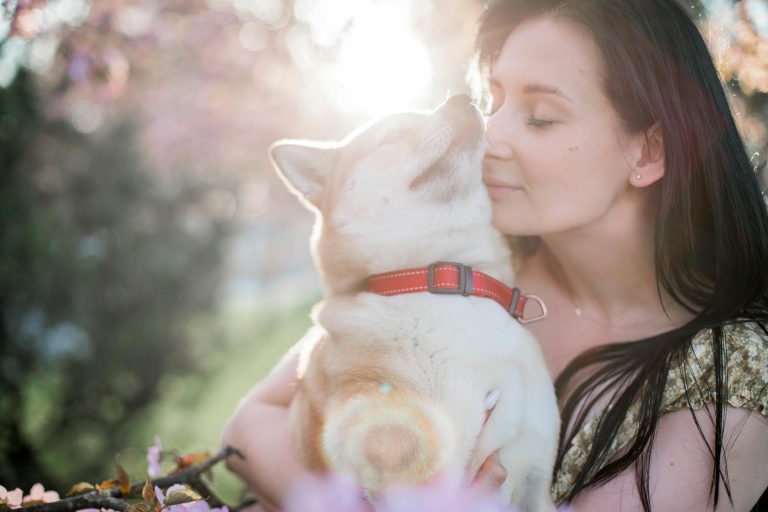Do Dogs Recognize Faces?
Introduction
If you’ve ever wondered whether your furry friend recognizes your face among others, you’re not alone. The ability of dogs to recognize human faces has long been a topic of fascination among pet owners and researchers alike. Understanding the extent to which dogs can recognize faces not only sheds light on their cognitive abilities but also deepens our understanding of the human-animal bond.

Can Dogs Recognize Human Faces?
Research suggests that dogs indeed possess the ability to recognize human faces. Several studies have demonstrated dogs’ capacity to differentiate between familiar and unfamiliar faces, both of humans and other dogs. However, the degree of recognition may vary depending on various factors, including individual differences and environmental conditions.
How Do Dogs Recognize Faces?
Dogs primarily rely on visual cues to recognize faces, much like humans. However, their sense of smell also plays a crucial role in identification. Dogs have an extraordinary sense of smell, allowing them to detect familiar scents associated with individuals. Additionally, socialization and training contribute to their ability to recognize faces more effectively.
Read more: Will My Dog Remember Me After 2 Years?
Differences Between Human and Canine Facial Recognition
While dogs share some similarities with humans in facial recognition, there are notable differences. Dogs have different visual capabilities compared to humans, including a wider field of vision but lower acuity. Despite these differences, dogs demonstrate remarkable proficiency in recognizing familiar faces, albeit through different mechanisms than humans.
The Significance of Facial Recognition in Dogs
The ability of dogs to recognize faces holds significant implications for the human-animal bond. It fosters a sense of connection and familiarity between dogs and their owners, enhancing the quality of their relationship. Moreover, understanding canine facial recognition has practical applications in various fields, including animal training and behavior modification.

Case Studies and Examples
Numerous case studies and research findings provide compelling evidence of dogs recognizing faces. From reuniting with long-lost owners to responding differently to familiar individuals, dogs exhibit behaviors indicative of facial recognition abilities.
Challenges and Limitations
Despite their remarkable abilities, dogs may face challenges in recognizing faces under certain circumstances. Factors such as poor lighting conditions or the presence of distracting stimuli can affect their accuracy. Additionally, individual differences in cognitive abilities may influence recognition capabilities.
Canine Behavior and Responses to Familiar Faces
Dogs display a range of behaviors in response to familiar faces, including wagging their tails, vocalizing, or approaching with excitement. These behavioral cues serve as indicators of recognition and emotional attachment to familiar individuals.
Training Techniques to Enhance Facial Recognition in Dogs
Training programs focused on enhancing facial recognition skills in dogs can yield positive results. Positive reinforcement techniques, such as rewarding dogs for correctly identifying familiar faces, can strengthen their recognition abilities over time.
Ethical Considerations in Studying Canine Cognition
It’s essential to approach the study of canine cognition ethically, ensuring the well-being of research subjects. This includes employing humane training methods and respecting dogs’ autonomy and natural behavior.
Conclusion
In conclusion, dogs possess the remarkable ability to recognize human faces, albeit through a combination of visual and olfactory cues. This ability enhances the bond between dogs and their owners and has practical implications for various fields, including animal training and welfare.




Leave a comment